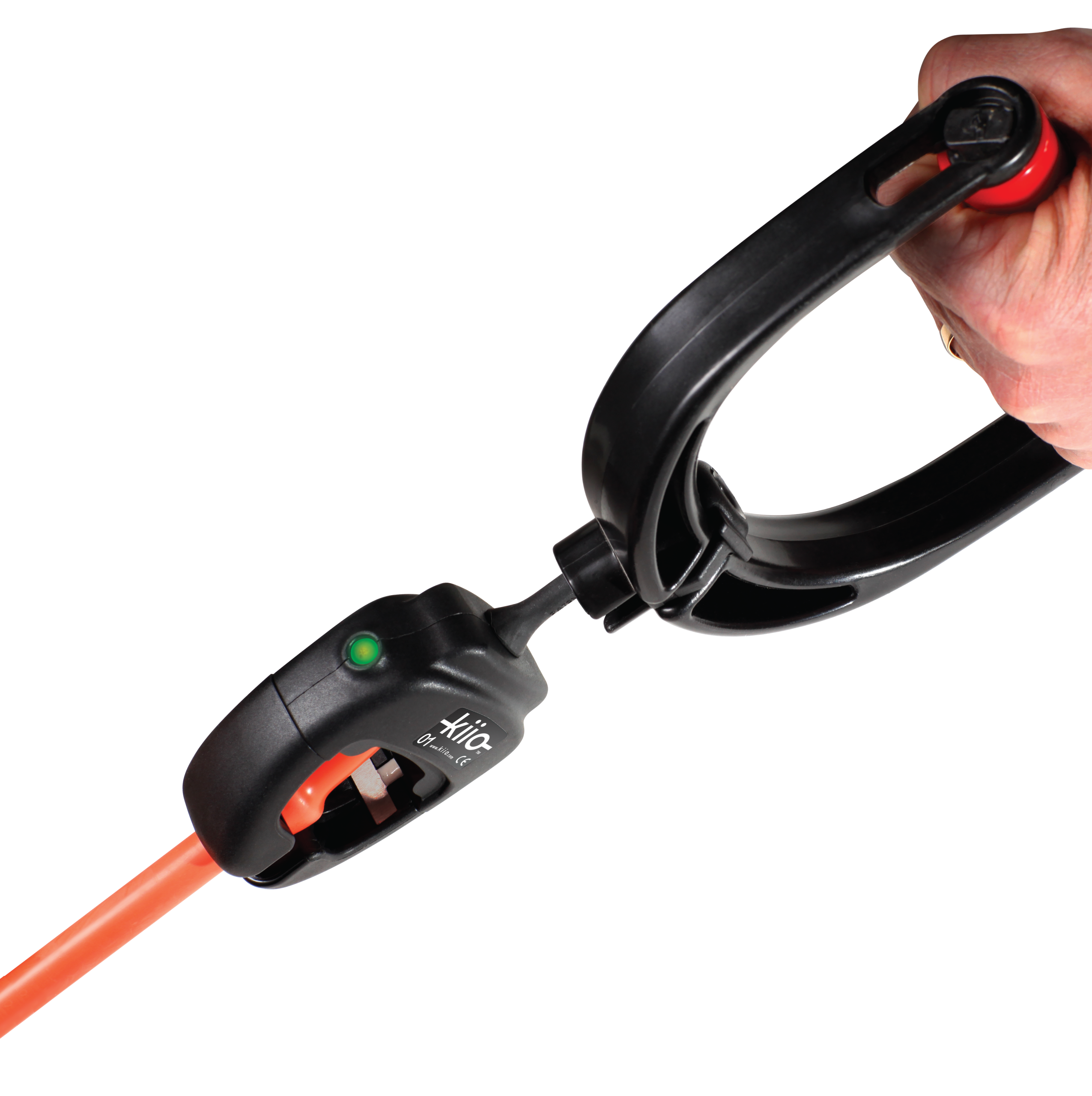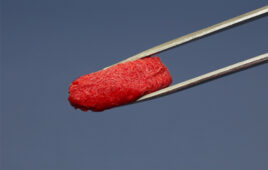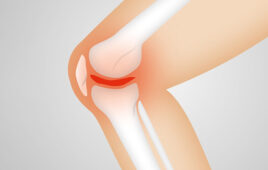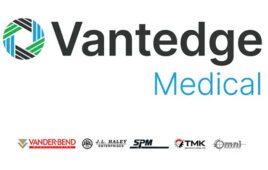Dislocated knee caps, pulled muscles, and broken bones—after an injury, we often need physical therapy to help strengthen our muscles to walk without braces or crutches. Several exercise machines include pulleys and cables, which are mainly used for strengthening the muscles in our limbs.
To help track and analyze results, Kiio Inc. designed and developed a wireless sensor to help physical therapists receive accurate and consistent results.
The sensor itself is used as a dynamometer, meaning it measures a pulled force. Inside of it is “a strain gage sensor, whose resistance varies with applied force by measuring change in electrical resistance that converts into lbs. or kg’s,” explains John McCluskey, Manager of Quality and Customer Service at Kiio.
It’s utilized instead of Manual Muscle Testing (MMT), a popular evaluation for testing the strength and function of muscles. With MMT, users are guessing the exertion rates, however, a sensor gives more complex metrics at MMT does not provide.
.jpg)
(Credit: Kiio)
Powered by a 600 mAh LI-ION battery that lasts up to six hours, the sensor is designed with a Nylon GF plastic housing. The interior components include a 120 MHz, 32-bit microcontroller with Cortex-M3, a USB Mini-B Port, a 2.4 GHz 802.11 b/g/n Wi-Fi module that stays connected up to 300 feet, a Strain Gage power supply, and an SD Memory Card.
Other features include a power switch and Wi-Fi power switch, a tri-color LED, speaker AMP& OHM Speaker, and a Strain Bridge A/D Converter.
Also inside of the sensor is a microcontroller that, “contains 512 kB of on-chip flash memory. When the microcontroller boots up, it begins with a Stage 1 Bootloader that is pre-populated on the controller before it is assembled onto the board,” says McCluskey.
The next step is to apply the Kiio Disk Image to the SD card. The Kiio Disk image contains most of the necessary firmware for the sensor to properly function. The SD card is then installed into the board.
The last step includes installing a Stage two bootloader onto the SD card. Kiio says they use a two-step bootloader process in order to limit non-recoverable issues of the core operation in the Stage one bootloader.
“It allows the sensor to easily be recovered should it ever get into a bad state and can be leveraged by soft resets,” says McCluskey.

(Credit: Kiio)
A connector cap is used on the outside to physically connect the sensor to the equipment, while a rubber neck that includes a steel cable allows for a strong connection between the sensor and the cap. On the side is a USB connector which can be used to charge the sensor or connect to a computer.
When in use, messages bounce back and forth from the sensor to the router and from the router to the computer.
“The data is sent over Wi-Fi at 80 times per second to Kiio’s software that provides quantitative measurement results to aid physical therapists or Athletic Trainers in monitoring and improving the overall performance,” explains McCluskey.
The sensors can be used with inline equipment such as resistance cables or assessment straps.




